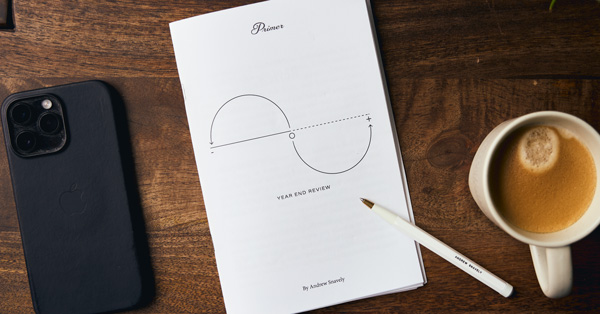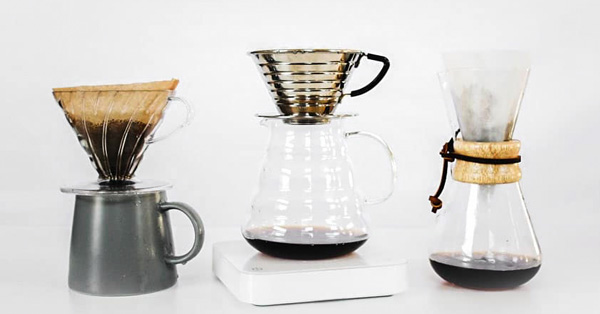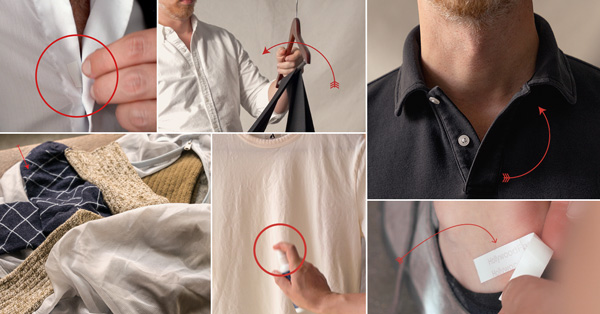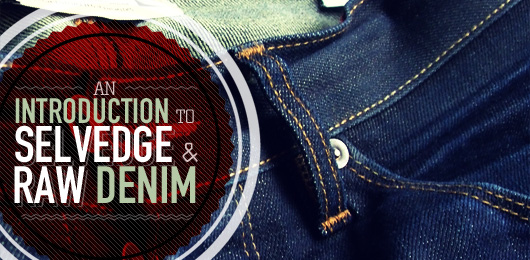When I was a college sophomore, I went to a conference in Washington DC. There was a J.Crew next to my hotel, and as my sartorial preppiness was starting to blossom, I meandered in on the hunt for a sale. As a broke college student, I quickly realized that I’d made a mistake: J.Crew was out of my price range. But I wanted to treat myself, so I grabbed a pair of argyle socks ($14!) and headed up to the register.
The guy at the register said, “Hey these socks are two pairs for ten dollars right now if you want to go grab another pair.” I’ve never moved so fast. An hour later, I went back and bought four more pairs. I actually still have two pairs of those argyle socks because they’ve held up so well (I seldom wear them because they’re so special to me).
Eighteen years later, I still tell that story because as mundane as it may seem on the surface, it was the first time I’d ever squarely homed in on the balance between affordable, easy, and quality.
And herein lies the problem with shopping for clothing as a man: it is nearly impossible to have all three.
There’s an old adage in the service industry that you can “Pick two: Fast, cheap, good – you can’t have all three.” I think you’ll find that’s similarly true for men’s clothing, so we find ourselves needing to decide what’s most important to us (and knowing when what’s important to us isn’t the same as what it used to be).

The details of each will vary for every individual but broadly, we're considering:
- Affordable: A relative amount that comfortably fits your means and is an easy purchase.
- Easy: The level of time and energy needed to get from “I want pants” to “I have pants.”
- Quality: The construction of course, but also could be the quality of the style/design, materials, and manufacturing ethics.
Affordable and Easy
In the world of fast fashion, the decision is simple: Get what’s affordable and easy. But the older I get, the more I struggle with the disposable nature of that sort of consumerism. There’s nothing wrong with an eight-dollar t-shirt from H&M, but if it’s going to fade and pill after two washes and end up in a landfill in seven months because the fabric didn’t hold up, then maybe it’s worth opting for the more expensive shirt.
Then again, we’re only talking about a t-shirt, so the question becomes where you draw the line? And I think the answer is that you draw the line somewhere.
Maybe you’ve decided that for lower-priority items (whatever that is for you) you’re going to cruise the sale racks and grab what’s affordable and immediately available. Maybe you’re just starting out in your career, and you need to put the budget above all else. No judgment here, but if that’s you, then make sure you’re ok with knowing you’ll probably be replacing that dress shirt or those low-cost shoes by the end of the year.
The problem with gravitating towards affordable and easy (if you consider this a problem) is that it tends to promote more purchasing (at least this is true for me). I probably don’t need that eight-dollar t-shirt, but given how cheap it is, I may as well, right? But now I’ve followed that logic four times in a month, and I’ve spent $47 on unnecessary items that are taking up valuable space in my closet.
From a practical standpoint, affordable and easy also requires you to accept whatever is available by these brands regarding the quality of the style, design, and size. Brands that fall into this category strangely seem to exist on the extreme ends of the design spectrum: They either don’t have any nuanced detail in design and material or they lean so far into what’s trending this week it has no longevity.
These brands also attempt to simplify things by catering to only a few, averaged sizes. But most people have a hard time getting the length, width, and desired fit perfect, if they fit at all. If you have long arms or legs, are short or tall, or wide or slender, you inevitably come up against the limitations of this sizing structure. It’s cheap and easily accessible, but the overall quality – both construction and design – suffers.
Affordable and Quality
It’s difficult to find items that are affordable and offer high-quality construction, but with a paradigmatic shift or two, it’s far from impossible. After twenty years of buying my own clothing, I consistently come back to the same mantra, as I stand in my closet: I have too much stuff. Over the last few years, I’ve tried to adopt the cry-once mentality with clothing: Instead of having three cheap (and cheaply made) pairs of British tan chinos, why not have one high-quality pair that cost a little more?
If you want to embrace sartorial minimalism (which demands quality over quantity), then you also have to embrace a redefinition of “expensive” and a little bit of patience as well. So you find the higher price item you want at a store like Todd Snyder or the higher end stuff at J.Crew, watch the website, wait for them to run a sale, then you pounce – and this takes patience. But it is a doable strategy for getting higher quality items more affordably. Trying to make this easier is the primary reason Primer runs deal posts.
There are brands that offer affordable and quality without the sale-watching – but you give up on “easy” in other ways. A brand like Spier & Mackay perfectly illustrates this. They’re often described as “budget Suitsupply,” and offer menswear items with an emphasis on notable designs, details, or fabrics at lower price points. But there’s an easy tax.
Let’s do a little math:
Spier and Mackay is selling their chinos for $58. That’s not cheap, but it’s probably the equivalent of two pairs of chinos from Old Navy. The difference? The chinos from Spier and Mackay are made from a higher-quality fabric that will last longer, better resist wrinkles, and Spier and Mackay will custom hem to your specified inseam length, including in sizes you’ll never find in a store.
The downside is that you need to have patience because all of this takes more time then popping into the mall for fifteen minutes. Shipping will take more than two days, and returns may require actually talking to someone on the phone because Spier & Mackay is run by a small team. Plus the free hemming is a bonus, but if you want the option to return it, you’ll have to order them unhemmed and go through the rigamarole of getting them tailored locally. Things also go out of stock quickly, so it’s likely you’ll click on more than one item you’re interested in that doesn’t have your size.
But once you get those custom-hemmed chinos, suddenly that $58 makes sense: Oh, this really is the only pair of British tan chinos that I need, and the fabric and details are noticeably better than other options at the same price. These pants don’t look like they were bought out of a bin because I needed some pants. They look like they were made to fit me. Is that kind of aesthetic worth the extra time and money? It is to me.
But, every order off of the internet isn't perfect. Sometimes it just doesn’t fit the way you need. So now it’s been ~12 days since you decided you need to buy pants, you’ll have to figure out returns by emailing or calling, taking the return to be shipped – and you still won’t have pants.
Buying affordable, quality clothing from a retailer like this requires enough forethought in your shopping process to avoid a “I have no pants for a wedding this weekend” emergency. For many, this level of premeditation for their clothing isn't in the cards.
Quality and Easy
Buying quality clothing that’s easily attained depends on your situation. Maybe you have the means to buy whatever you want, so you order the best and don’t look back. Need pants for that wedding this weekend? Go to the mall and find the nicest ones that fit best, without concern for the price. Or maybe you’re on a budget but you’ve realized that you’re willing to pay top dollar for certain products that make a difference for you.
I’m a teacher, which means I’m the latter. Recently I treated myself to three pairs of boxers from Nice Laundry. They were expensive ($68 for three pairs), but I decided if they ultimately weren’t worth the splurge, I’d return them. Not only are they worth the splurge, but they’re now my go-to for boxers. The construction, the cut, the colors, perfect. Does this mean I’m throwing away all of my old pairs? No (I can’t drop another $136 for six more right now). But it means that as my old boxers wear out, I have a source that’s expensive but worth every penny.
For some men, “easy” is of such a high priority they gladly pay extra to avoid the stress. For others, they'd never buy $150 pants just out of principle.
When it comes to buying clothing, you have to figure out what makes sense to you. And truth be told, most of us aren’t 100% in one section of the venn diagram. With t-shirts, I get what’s affordable and easy. With pants, dress shirts, and shoes, I get high-quality, but I’m willing to wait so they’re affordable for me. With boxers, I’ll go straight to the best.
Let us know in the comments where you fall on the venn diagram and with what items.
















